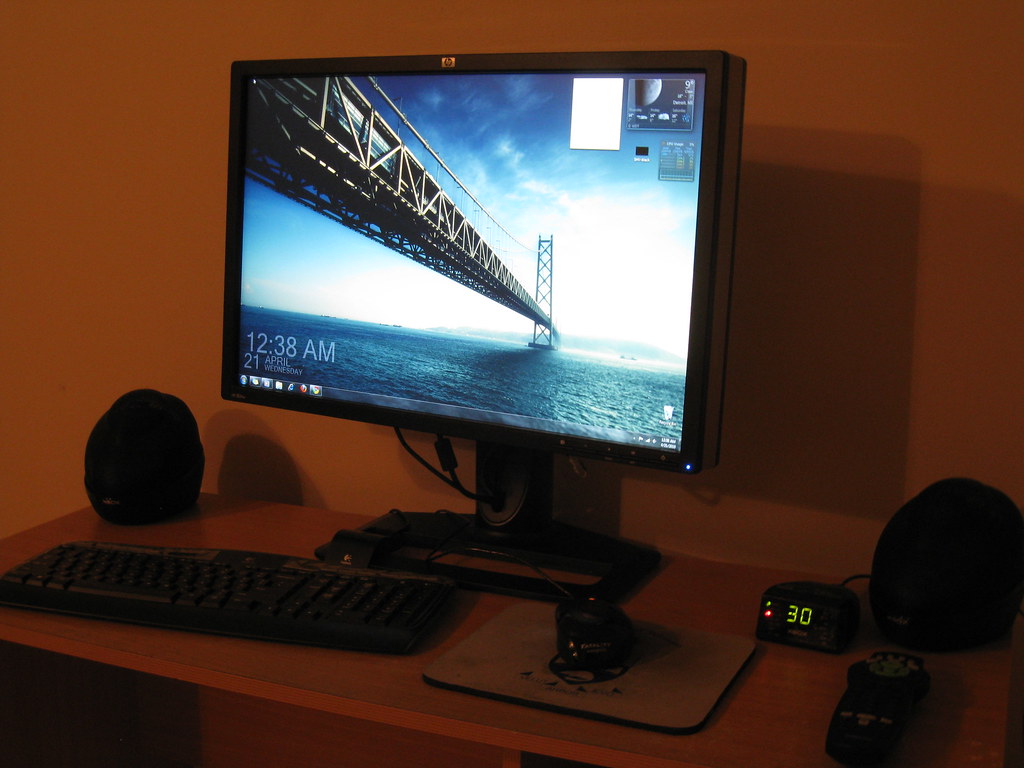I bet you are looking at the white glow on a totally black screen. In everyday use, a completely black screen happens only 0.0001% of the time. Don't stress over it...
Actually i don't, i notice it in dark scenes in games.
When it's dark in the game it affects how good i see stuff.
![[H]ard|Forum](/styles/hardforum/xenforo/logo_dark.png)
